by Grace Feb 21,2025
The Nvidia GeForce RTX 5090: A Next-Gen Leap Fueled by AI
Nvidia's RTX 5090 is the latest in its line of high-end graphics cards, promising a new generation of PC gaming. However, its performance gains are less straightforward than previous generational leaps. While raw performance improvements over the RTX 4090 are noticeable, the real revolution lies in DLSS 4 and its Multi-Frame Generation.
The upgrade's value depends heavily on your gaming setup and preferences. For those with 4K monitors and 240Hz refresh rates, the AI-generated frames offer a significant performance boost, feeling truly next-gen. For others, the upgrade may not justify the cost.
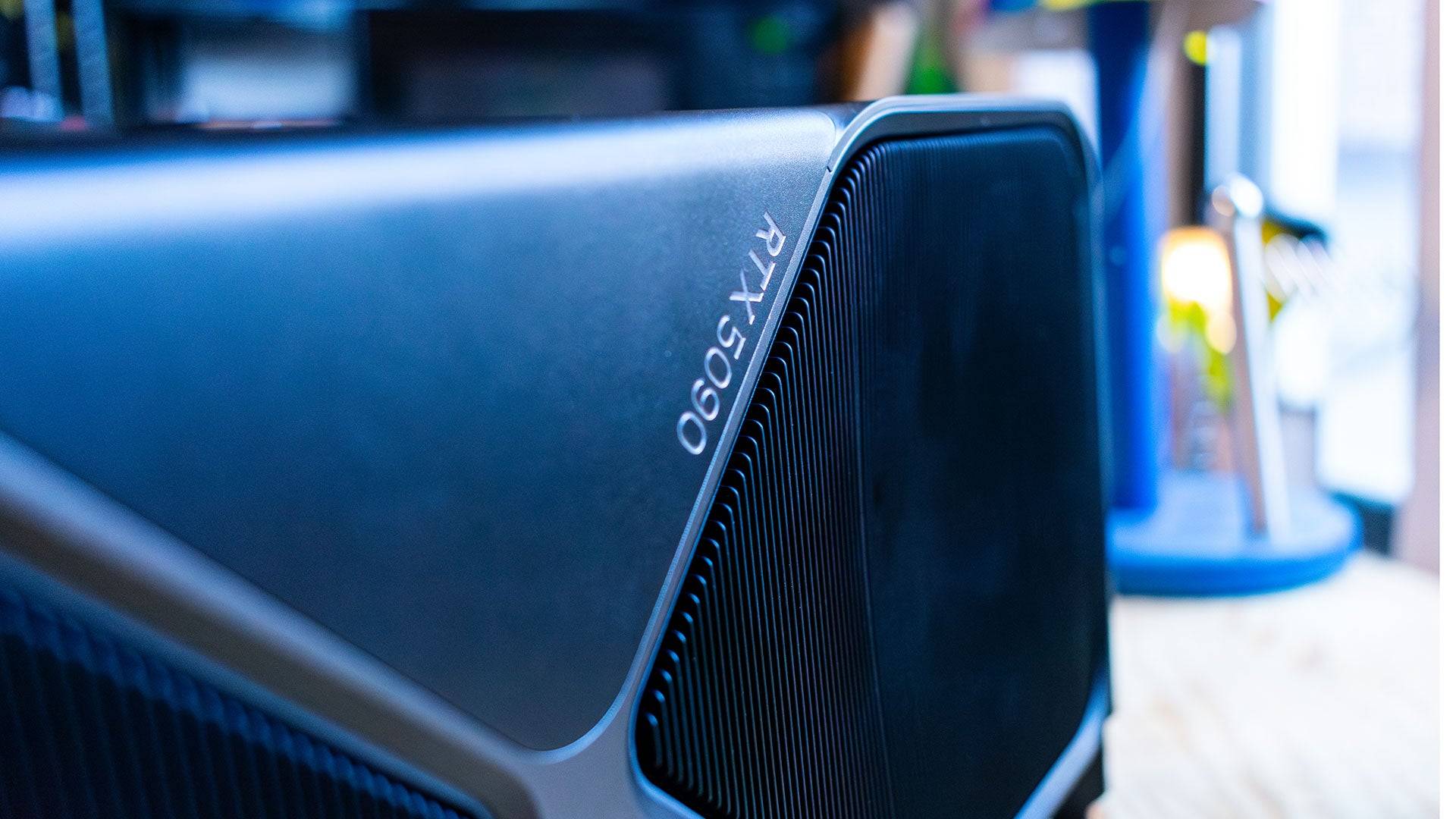
 5 Images
5 Images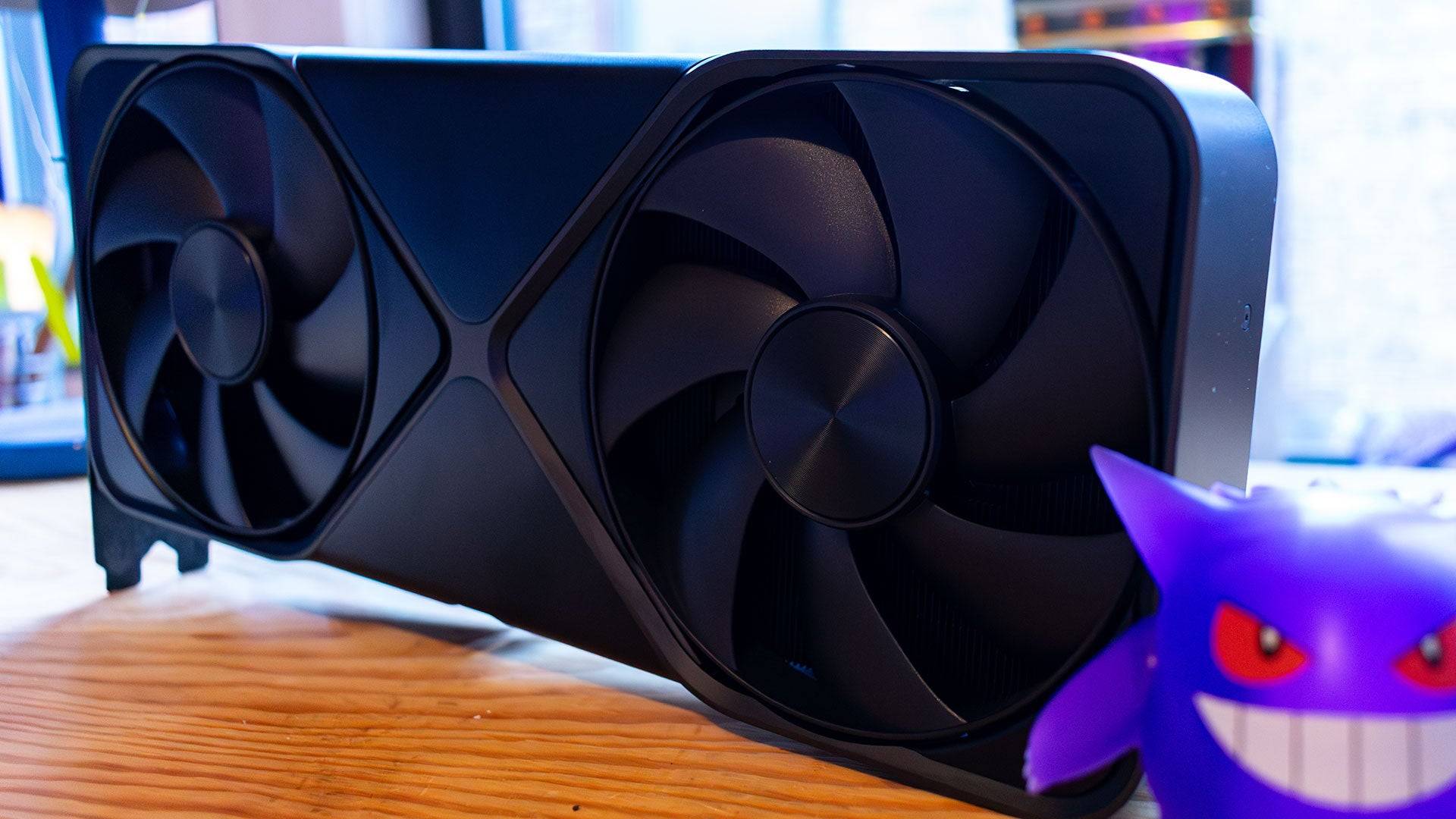
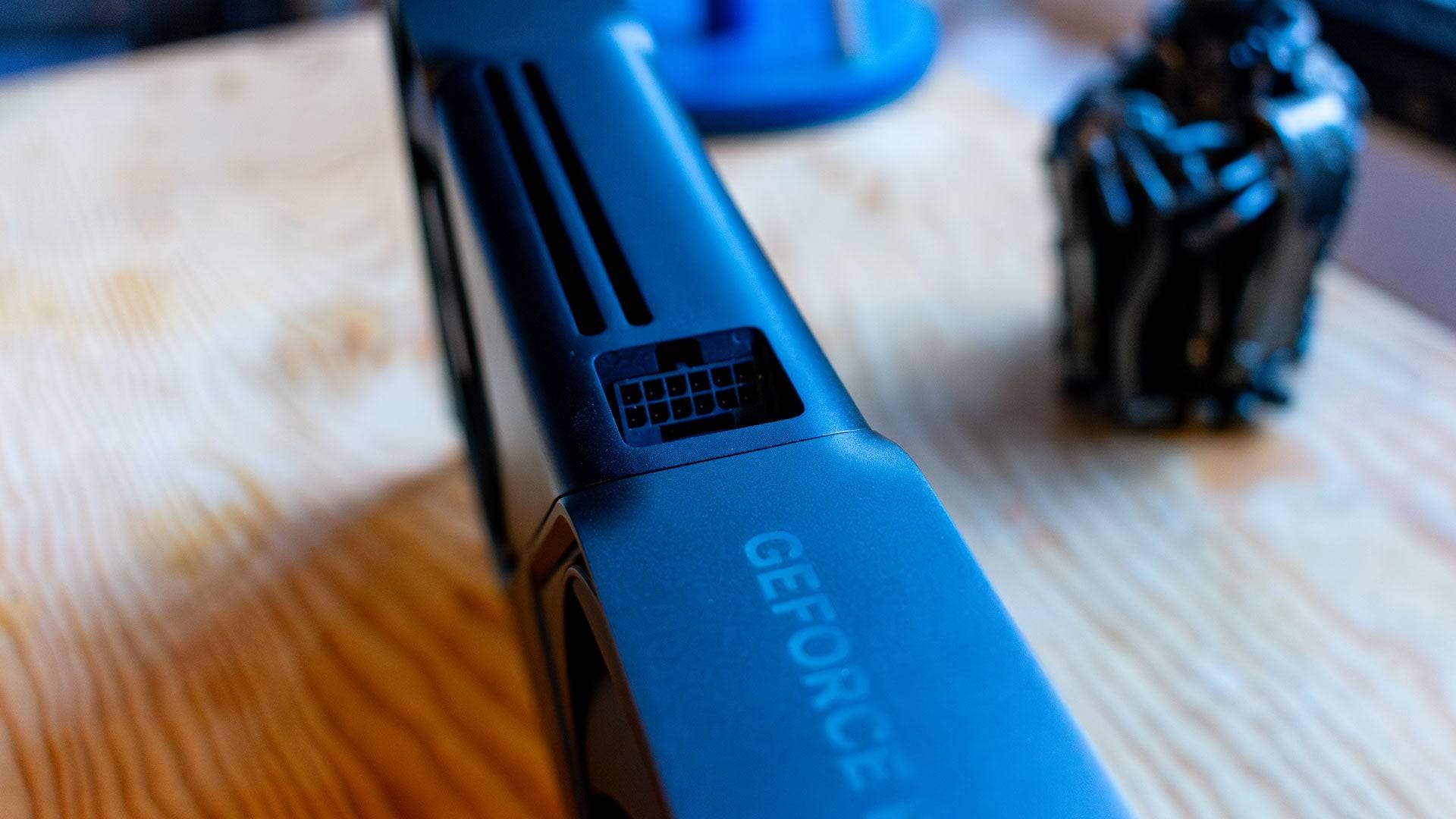
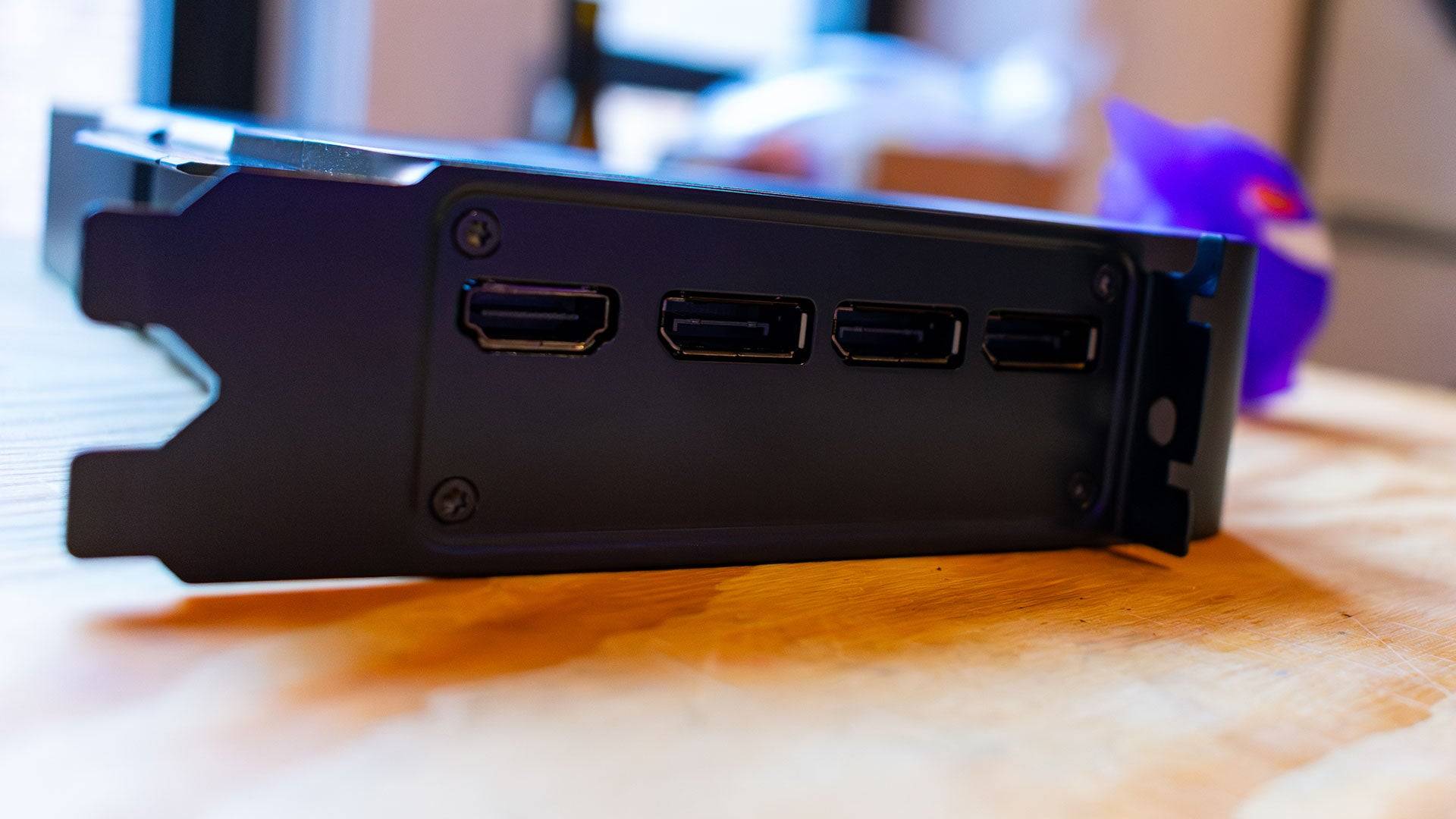
Built on Blackwell architecture, the RTX 5090 boasts a significant increase in CUDA cores (21,760 vs. 16,384 in the RTX 4090), resulting in a 32% boost in shader cores. Each Streaming Multiprocessor (SM) includes four Tensor Cores and one RT Core, enhancing AI and ray tracing capabilities. The 5th-generation Tensor Cores support FP4 operations, reducing VRAM dependency in AI workloads.
The card features 32GB of GDDR7 VRAM, offering improved speed and power efficiency compared to the RTX 4090's GDDR6X. However, its 575W power consumption is a notable increase. DLSS 4 utilizes a Transformer Neural Network (TNN), aiming for improved image quality and reduced artifacts compared to the previous Convolutional Neural Network (CNN) approach.
Multi-Frame Generation, an evolution of DLSS 3's Frame Generation, generates multiple frames from a single rendered image, drastically improving frame rates. This feature, however, is most effective at higher frame rates and pairs best with DLSS upscaling.
The Nvidia GeForce RTX 5090 launched January 30th, with a starting price of $1,999 for the Founders Edition. Third-party models may command higher prices.
Despite its 575W power draw, the RTX 5090 Founders Edition is surprisingly compact, fitting a dual-slot chassis with dual fans. Temperatures peak around 86°C under load, which is high but doesn't cause throttling. This is achieved through a redesigned PCB layout and a unique cooling system that draws air from the bottom and expels it through the top.
The card retains a similar design language to previous generations, featuring a silver 'X' design and a GeForce RTX logo with white LEDs. It uses a new, angled 12V-2x6 power connector, aiming for improved efficiency and easier cable management. An adapter is included, requiring four 8-pin PCIe power connectors. This design allows compatibility with smaller PC cases.
Nvidia claims DLSS 4 can boost performance up to 8x, although real-world results are more modest. While raw rasterization performance is improved, the significant frame rate gains stem from Multi-Frame Generation. A new AI Management Processor (AMP) core efficiently manages workload distribution across the GPU, enabling faster and more memory-efficient frame generation. The AMP also employs a Flip Metering algorithm to minimize latency.
Multi-Frame Generation works best with already decent frame rates. Enabling it at lower frame rates can introduce noticeable latency. Initial testing in Cyberpunk 2077 and Star Wars Outlaws showed impressive results, with frame rates significantly boosted at 4K with ray tracing enabled. While some minor artifacts were observed, they were largely inconsequential. The technology is not without limitations, and requires a high-end display to fully benefit.
Testing revealed a generational leap in raw performance in 3DMark, with up to a 42% improvement over the RTX 4090. However, real-world gaming performance showed more nuanced results. In many titles, even at 4K, the RTX 5090 was bottlenecked by the CPU (Ryzen 7 9800X3D), limiting the performance gains. For users with high-end GPUs, the upgrade may not offer a dramatic difference in many current games.
Benchmark System:
Games like Call of Duty Black Ops 6 and Cyberpunk 2077 showed only around a 10% improvement over the RTX 4090 at 4K. Metro Exodus: Enhanced Edition, without DLSS, showed a 25% improvement. Red Dead Redemption 2 showed a minimal 6% improvement. Total War: Warhammer 3, lacking ray tracing and upscaling, demonstrated a 35% performance uplift. Assassin's Creed Mirage showed inconsistent results, possibly due to driver issues. Black Myth: Wukong showed a 20% improvement, and Forza Horizon 5 showed negligible gains.
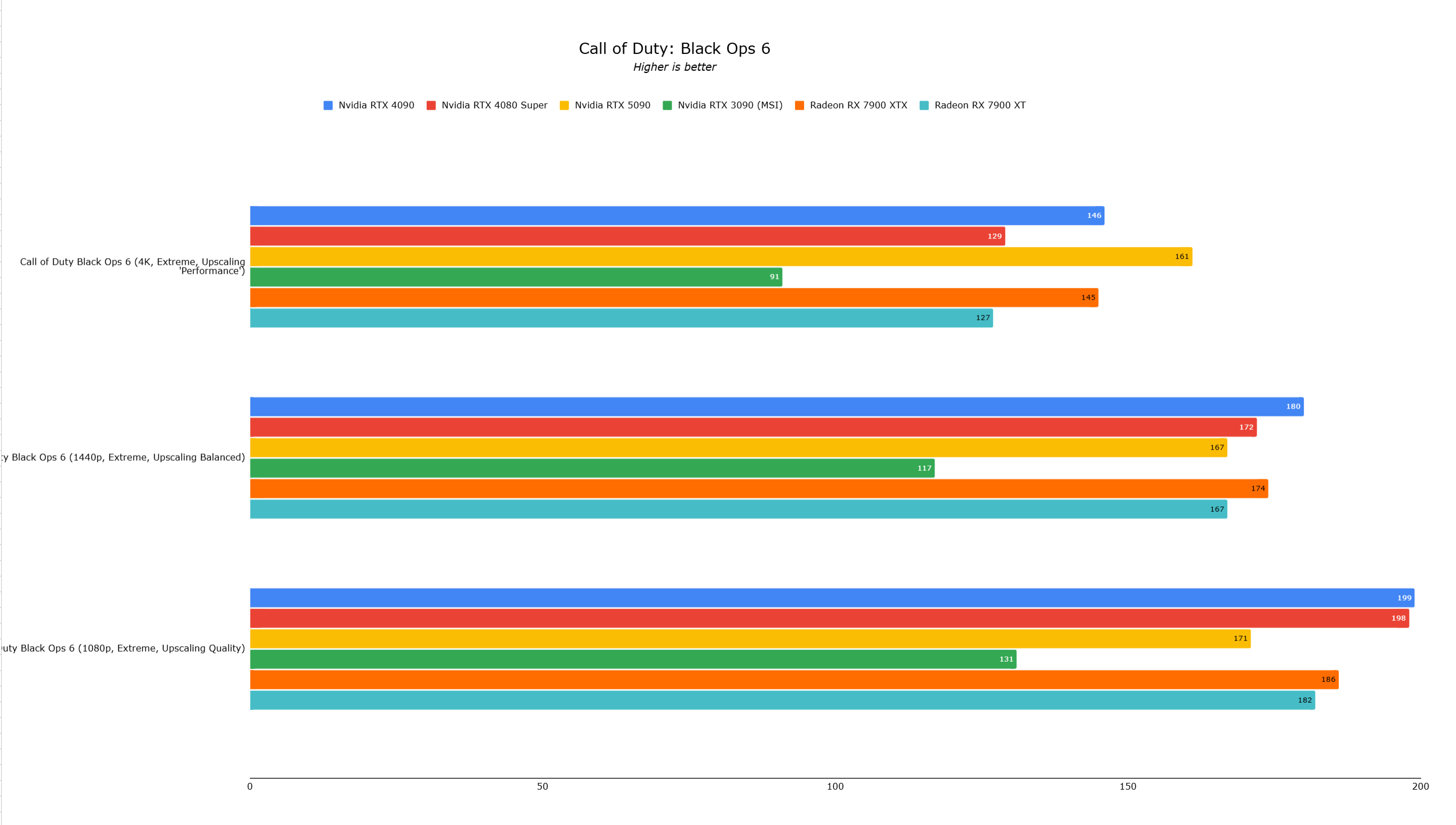
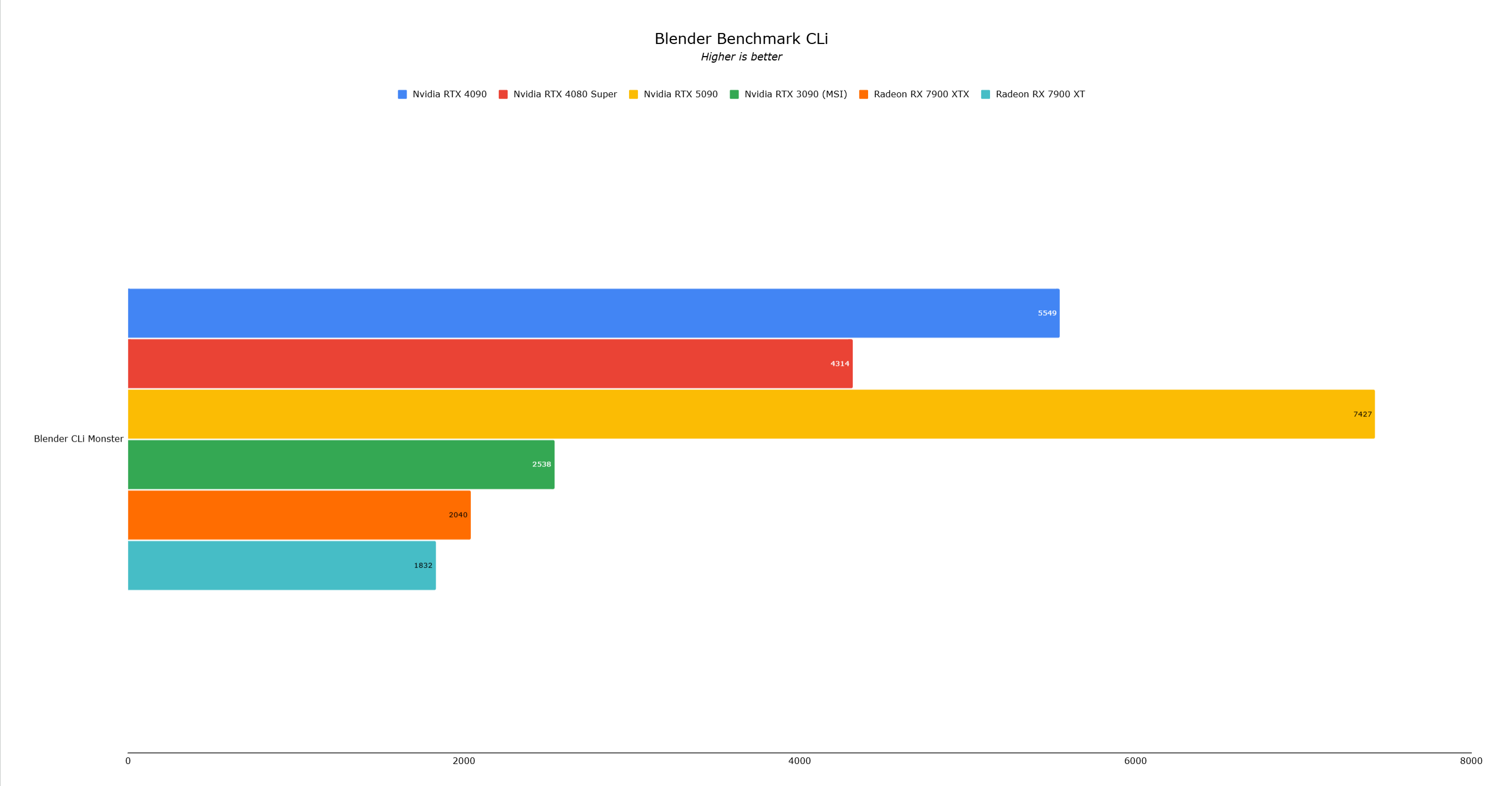 14 Images
14 Images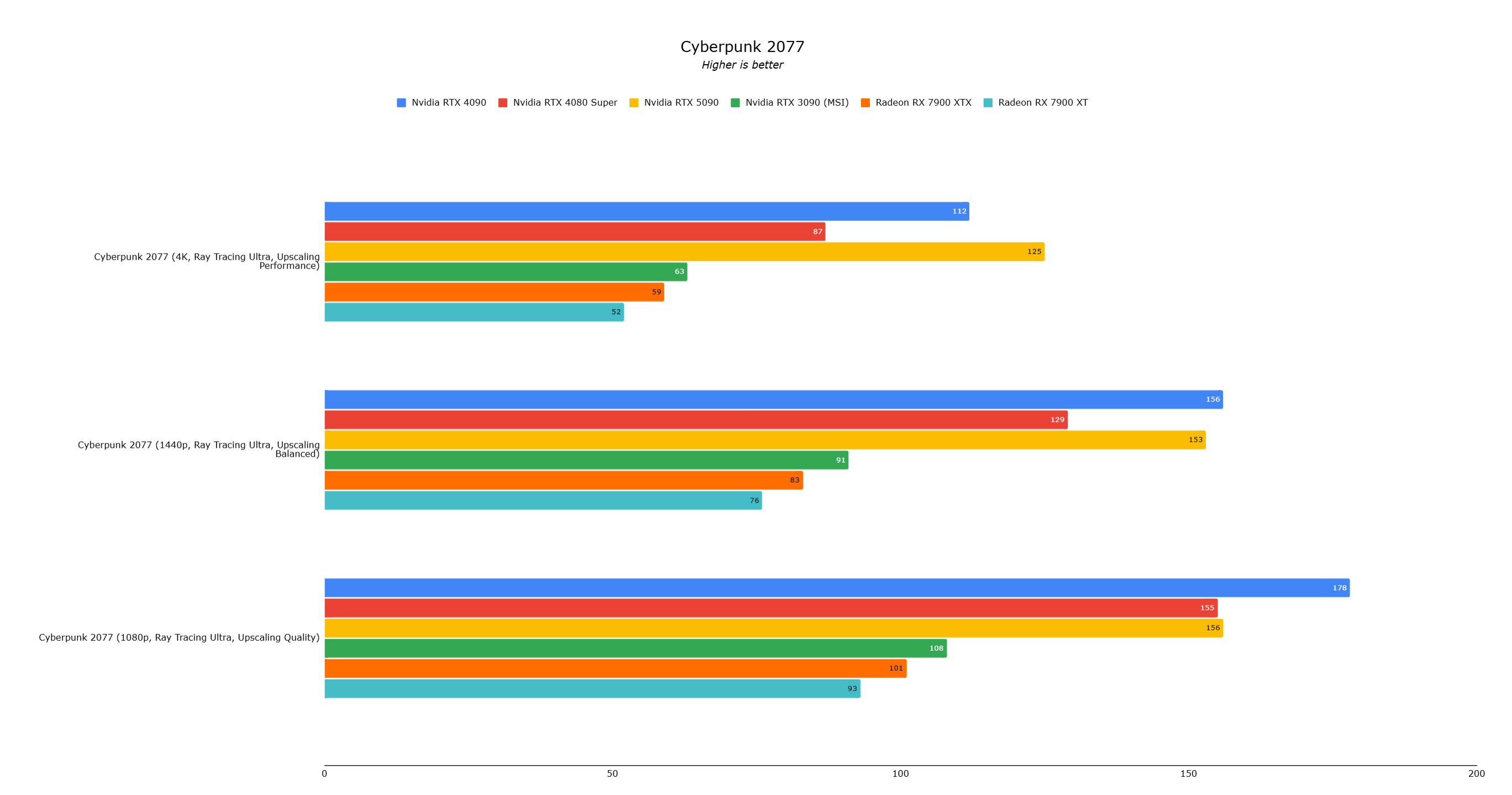

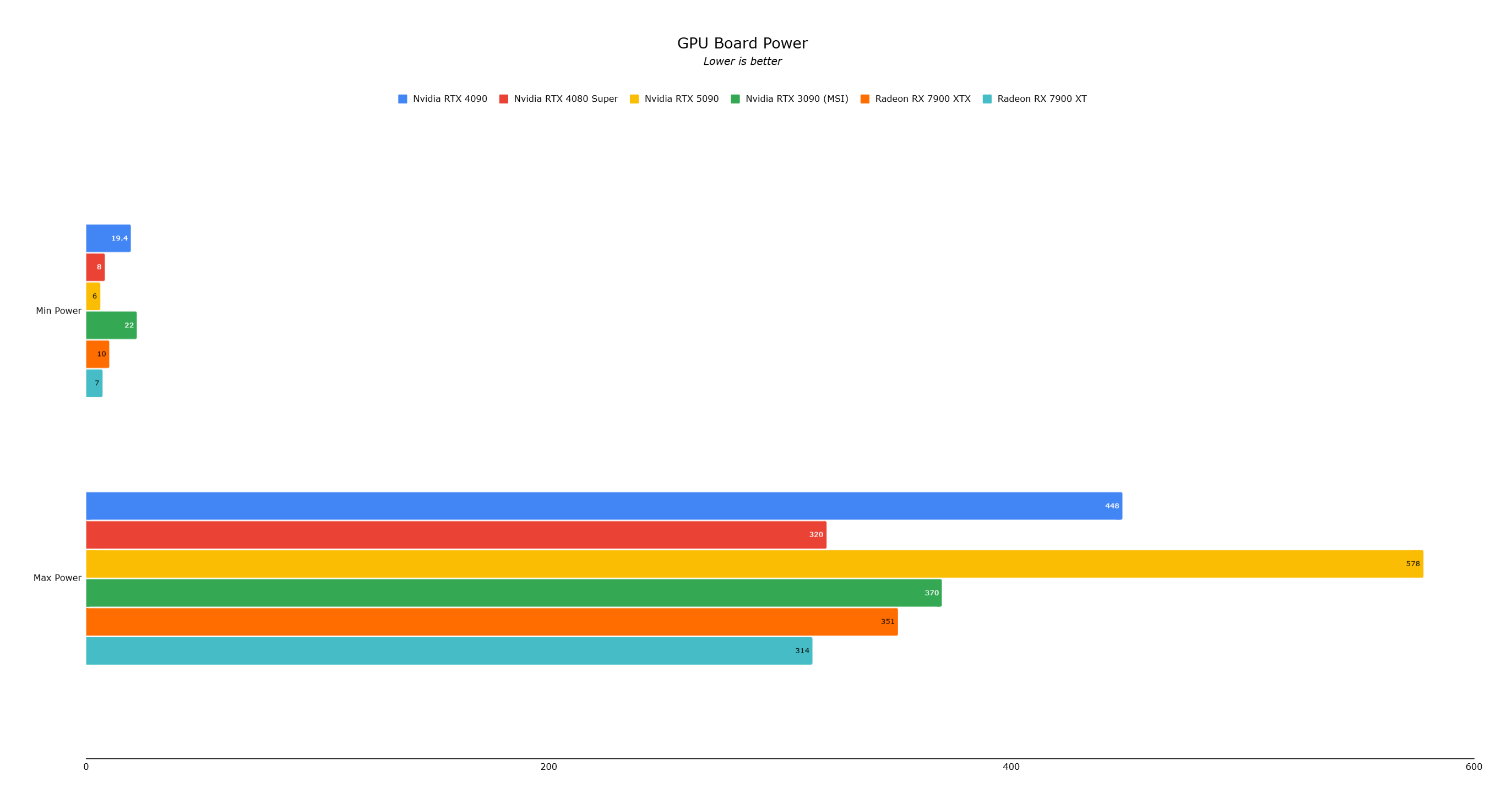
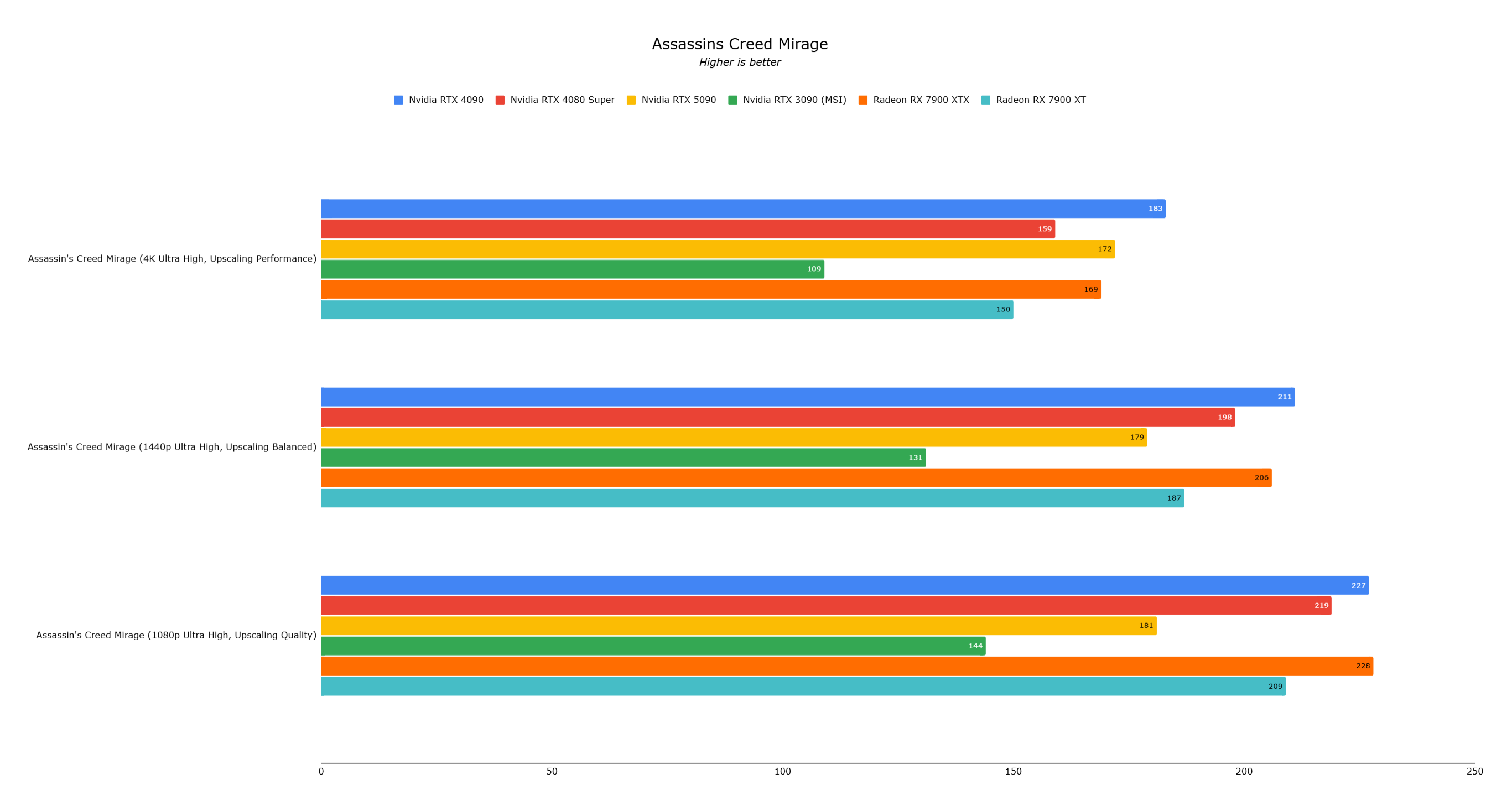
The RTX 5090 is undeniably powerful, currently the fastest consumer graphics card. However, its performance gains over the RTX 4090 are less substantial than anticipated in many current games due to CPU bottlenecks. Its true potential lies in its AI capabilities, particularly DLSS 4 and Multi-Frame Generation. This makes it a compelling option for those seeking cutting-edge technology and willing to invest in an AI-driven gaming future. For most others, the RTX 4090 remains a powerful and cost-effective choice.
Forsaken Characters Ranked: Tier List Update 2025
How to Use Cheats in Balatro (Debug Menu Guide)
State of Play Reveals Exciting Updates: PlayStation February 2025 Showcase
Infinity Nikki – All Working Redeem Codes January 2025
Roblox: Obtain Secret Codes for January 2025 (Updated)
Pokémon GO Raids in January 2025
Wuthering Waves: Redeem Codes for January 2025 Released!
LEGO Ninjago Sets Top the Charts (2025)

2024 Perfect Dark Demo Mostly Real, Dev Confirms
Dec 27,2025

Pixel Runners: Time Shift Now on Android
Dec 27,2025
Nintendo Switch 2 Secondhand Buyers Warned of Anti-Piracy Bricks
Dec 27,2025

Madoka Magica Magia Exedra adds 5-star Kioku Holy Mami
Dec 26,2025

A Plus Japan, Crunchyroll Unveil Mirren: Star Legends (Note: "on Android" was removed to keep within 50 characters while maintaining key info.)
Dec 26,2025